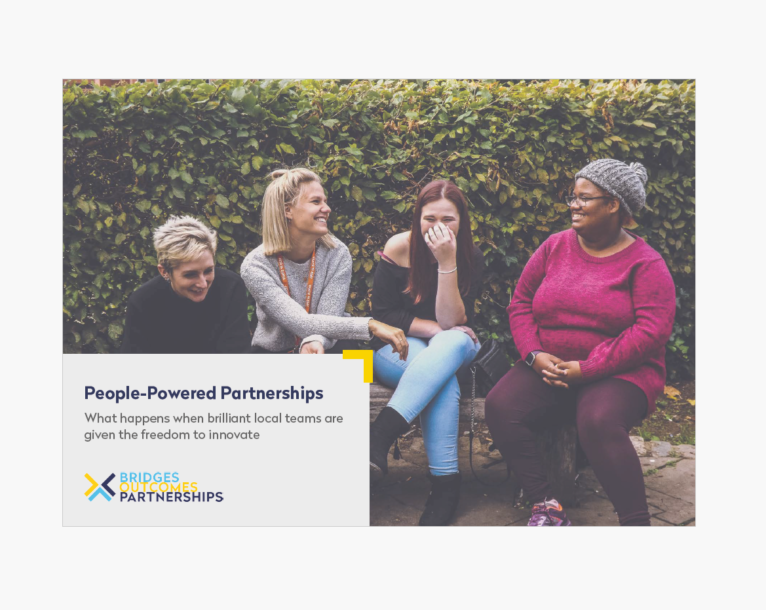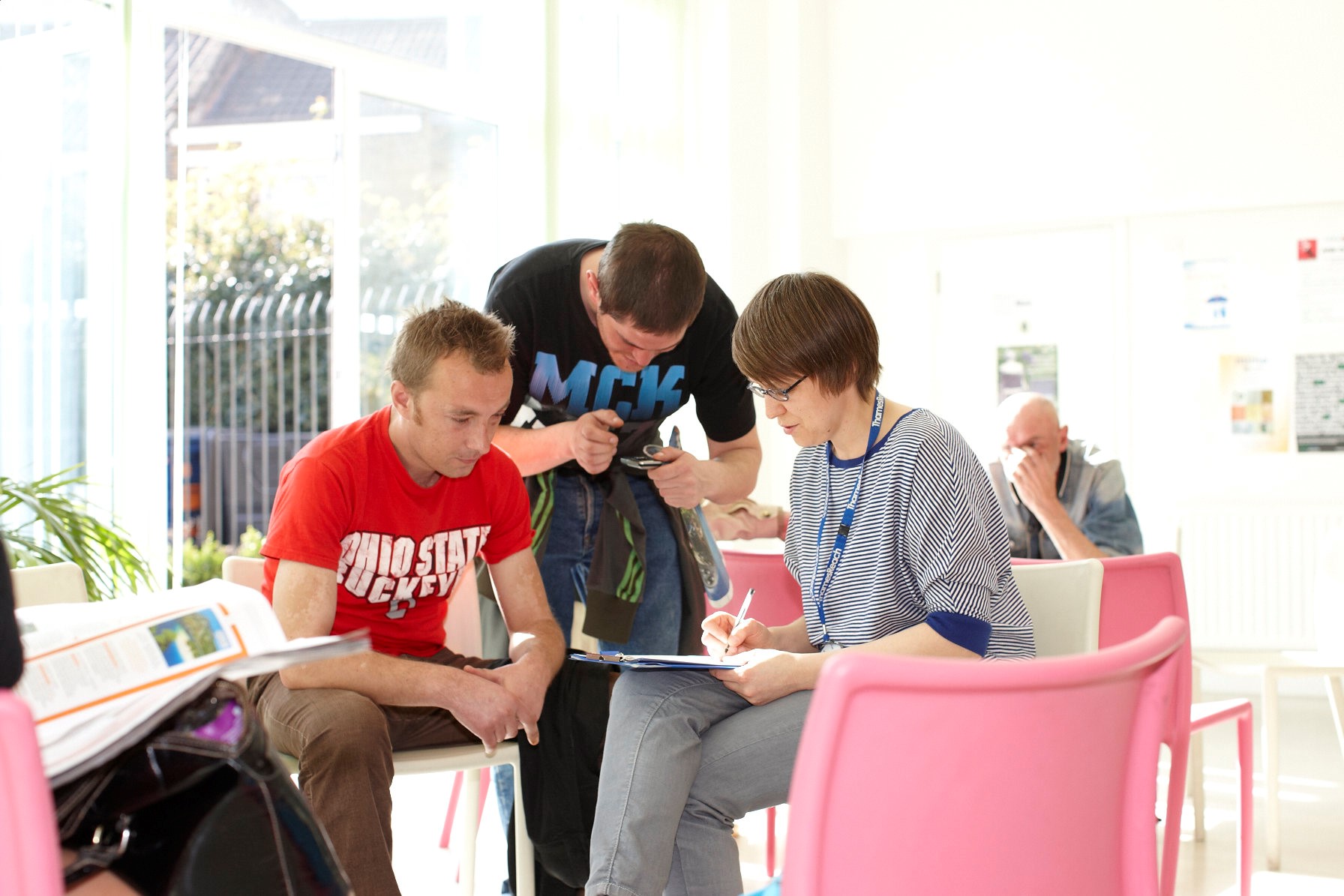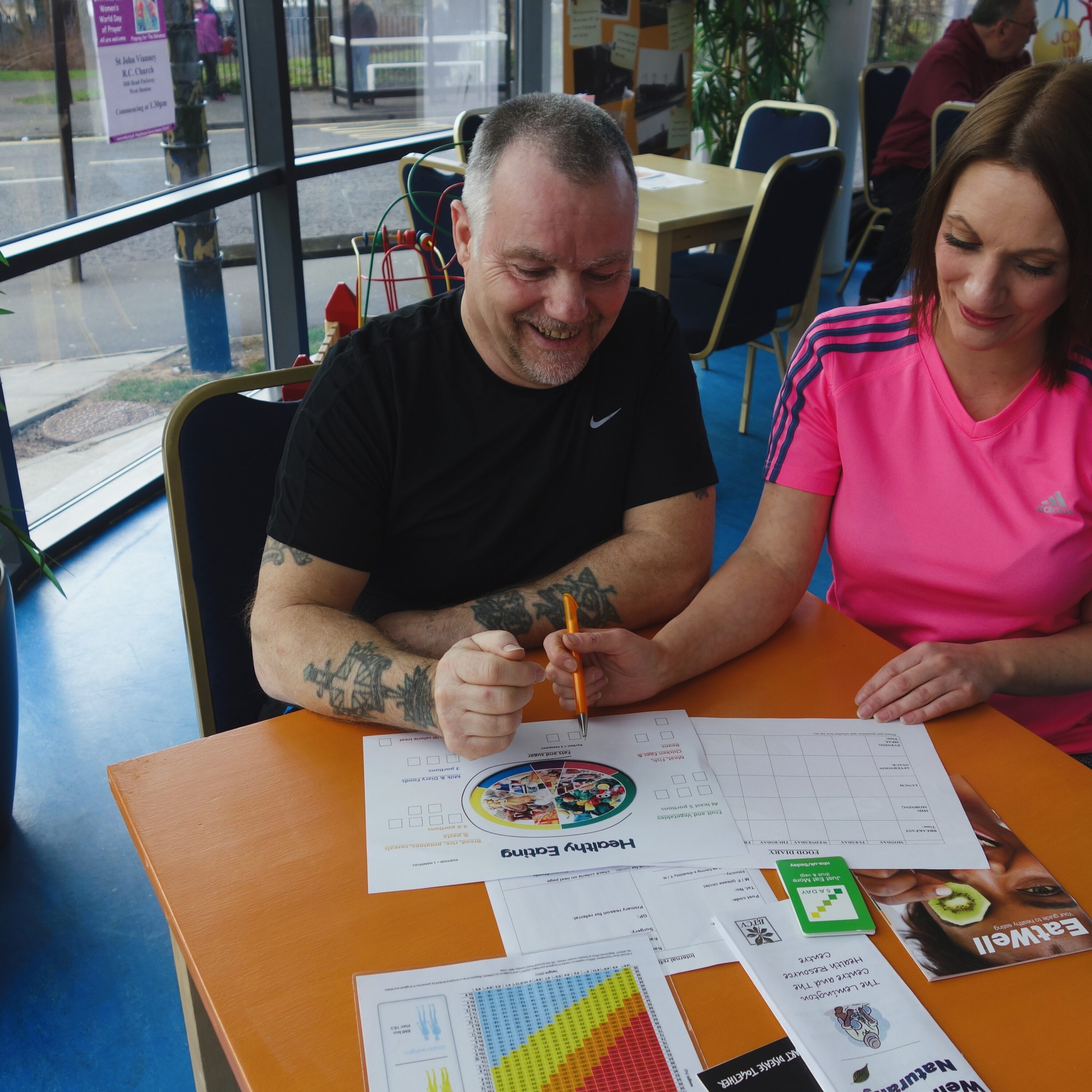People-powered Partnerships
Over the last decade, a new model of public service delivery has been growing in popularity. It is based on one key insight: that if we want to improve the lives of people facing complex, interconnected challenges, we can’t rely on piecemeal, standardised solutions.
We need a more targeted, more holistic approach based on three key principles; detailed below and in more depth in our People-powered Partnerships report.


Instead of trying to impose standardised, clearly specified solutions, give delivery teams the freedom to tailor their solutions to local and individual circumstances – then collect and analyse impact data dynamically, so we can learn from what works and keep iterating to make programmes more effective.
For the most successful projects, that typically means four things:
-
Be transparent about progress (by sharing regular updates against objective, clearly defined milestones)
-
Be accountable to those who access the service (by asking them carefully whether it improved their lives)
Case Study
In practice: Support for informal carers in Norfolk and for vulnerable women across England
View Case Study -
Consider the broader, longer-term impact of the service (by finding light-touch ways to link into or compare with other Government data)
Case Study
In practice: Asset-based community health in Newcastle and Northamptonshire
View Case Study -
Assess & share lessons learned to benefit future services (by investing in more sophisticated evaluations that tease out relative benefits of project features)
Case Study
In practice: New approaches to evaluation for dynamically managed delivery in Manchester
View Case Study
Read More
For more detail, read our full report: ‘People-powered Partnerships’
Download PDFPlease note, the document was created primarily as a learning and discussion resource for the BOP team, and our various partners across Government and the social sector. However if you have any feedback on any of the themes covered, we’d love to hear from you!
Please do get in touch via: hello@bridgesoutcomes.org

-
Flexible Delivery
Flexible, personalised services which: embrace continuous improvement, tackle systemic barriers, invest in people, and focus on individuals’ strengths.
Previous
-
Collaborative Design
With the power of partnerships, projects that are collaboratively designed, and designed to be collaborative.
Next



